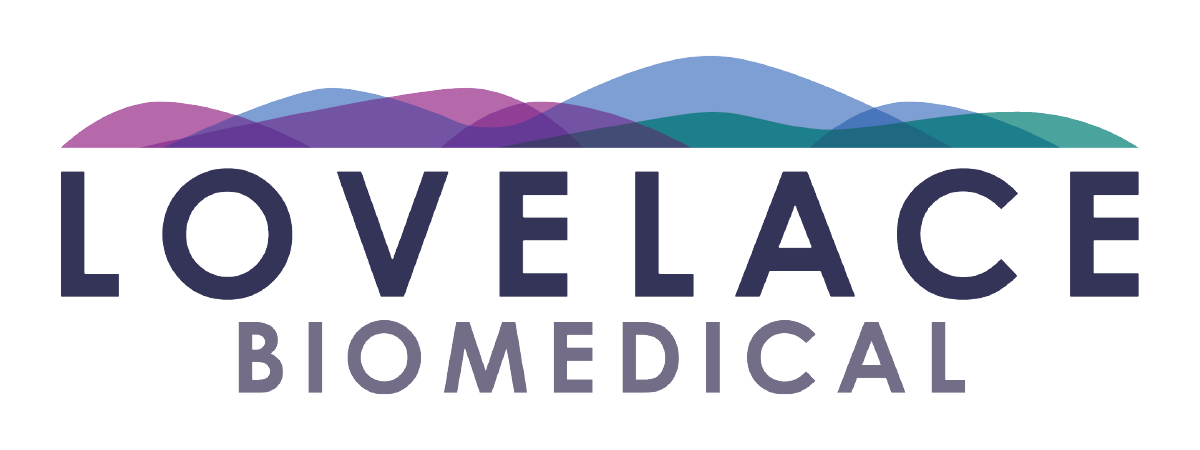Lovelace Biomedical’s scientific team will share two recent examples of their advanced preclinical work in defining animal models for radiation research at the upcoming Radiation Research Society’s annual meeting, Oct. 15-18 in Cancun, Mexico.
Both of the studies to be presented were completed under contract with the U.S. government’s Biomedical Advanced Research and Development Authority (BARDA) to deepen the medical community’s understanding of radiation injury.
“Lovelace has a rich history in conducting innovative radiation research, having been a Department of Energy research contractor from our very earliest days,” says Lovelace Biomedical Director of Life Sciences Melanie Doyle-Eisele, Ph.D., who will be on site at Radiation Research Society to present the work. “We continue to be one of the few places in the U.S. with the tools, expertise and facility to conduct specialized radiation work. This includes research on rare radioisotopes, as well as isotopes used as therapies and diagnostics. We also have done much work on behalf of industry clients evaluating new and established medicines that show promise for treating radiation injury.”
Radiation is an ongoing human health concern, as people are exposed to various levels of it on a daily basis. It can help us or hurt us — and sometimes both. Radiation sources range from X-rays and biological imaging tools, to radiation-based medicines and everyday technology such as mobile phones.
Understanding potential detrimental effects, and knowing how to treat injury, is thus a growing focus of pharmaceutical organizations as well as the government, says Dr. Doyle-Eisele, who notes she has observed a significant increase in research demand around external radiation. Her team examines a range of new and established endpoints to study cell damage, organ-specific effects and combined injury models from different sources of radiation.
“To ensure that preclinical research translates to human benefit, animal models must be carefully considered for each study,” Dr. Doyle-Eisele says. “Factors of biodistribution and effect on organ systems, including the gastrointestinal tract, differ greatly among species.”
She said the Radiation Research Society’s convention, which this year is themed “Translating Radiation Research: From Risk to Therapy,” is one of the only events all year when experts in internal and external radiation come together to critical research and program updates.
Contact us to learn more about Lovelace Biomedical’s capabilities in radiation research.

